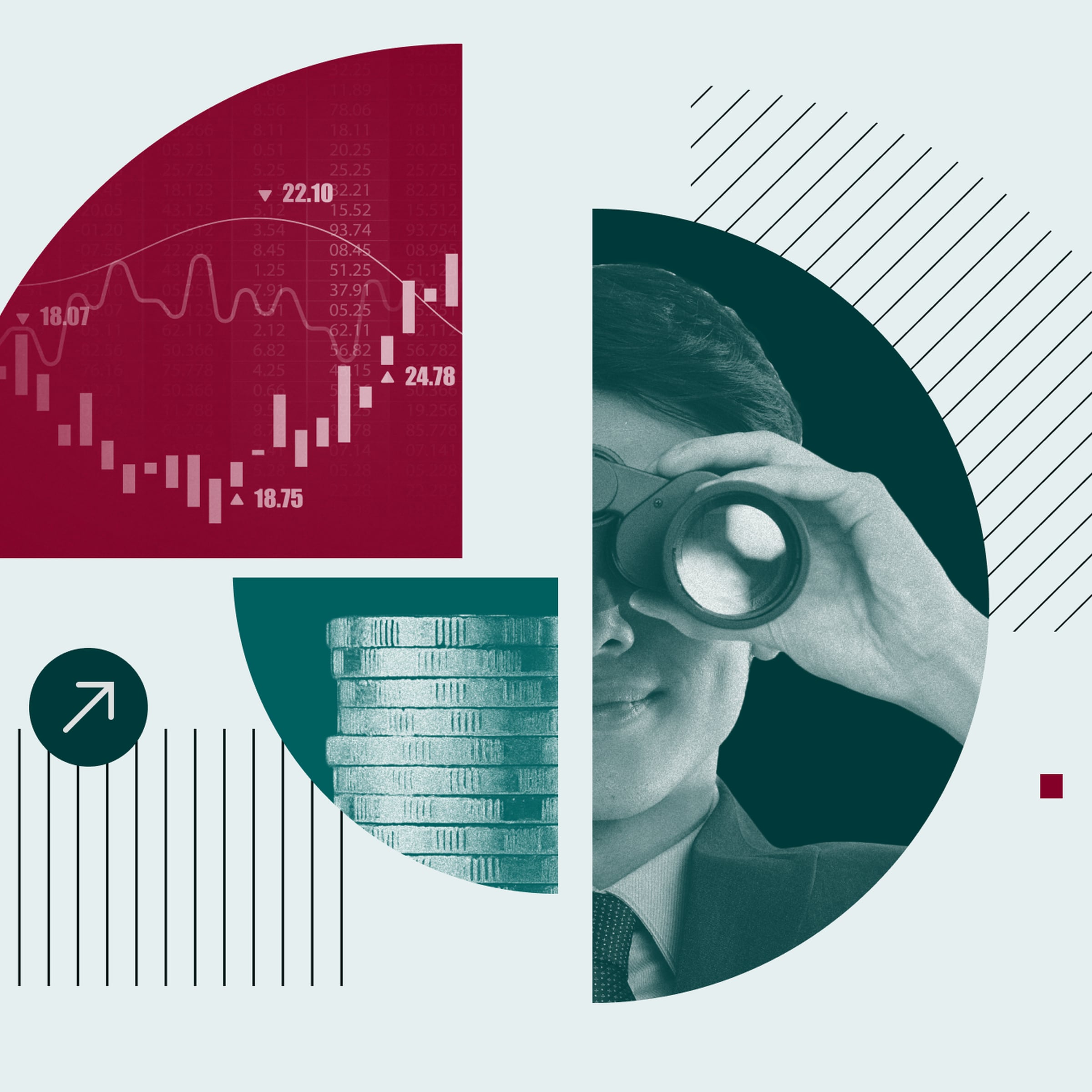What to do with $60 million?
With the descendants of an Indian royal coming into a cool $57.5 million last week, we wondered – what’s the best thing to do when coming into money?

Last week, the High Court in London ruled that the descendants of the last Nizam of Hyderabad can stake claim to the GBP 1 million that the Nizam left in NatWest Bank back in 1948.
“Hello, I’m a prince, and I have to give you money…”
In 1947, India attained independence from Britain. At the time, the princely state of Hyderabad, ruled by Nizam Osman Ali Khan Siddiqi, chose to remain independent of both India and Pakistan. Then, in September 1948, Hyderabad became a part of the Republic of India.
Shortly after, the Nizam transferred a million pounds into the account of Pakistan’s high commissioner in London – where it stayed in the bank, gathering interest. With interest, the amount is now close to GBP 35 million or almost $60 million. The Nizam’s grandson has since said that the amount will be shared among 120 descendants.
It’s rather unlikely that you’re among the 120, but even so, you’re not completely out of luck.
found that Canada is forecast to see roughly $1 trillion in personal wealth transferring to the next generation between 2016 and 2026, with roughly 70% of this sum in the form of financial assets. Plus, you could also come into money through legal settlements, insurance payouts, sale of businesses, injury settlements, or through stock market investments.
Which leads to the question – what do you do with that money?
Morningstar’s director of personal finance Christine Benz
, starting with staying calm.
Stop, slow down, have a plan
Getting money is exciting, and most people either have an urge to splurge, or go the other extreme and hoard. But the most sensible thing to do in the few days immediately after you get your windfall, is nothing.
“While using an inheritance to take the entire family to Ireland to scatter mom's ashes might seem like the right choice immediately after her death, further reflection might steer you toward a more practical use of your inherited funds like college or retirement savings, for example,” points out Christine Benz, Morningstar’s director of personal finance.
Once you’ve had the time to process what’s happened, and to wrap your mind around the windfall you’ve received, consider your financial goals, and not just the ones right in front of you. Before going overboard on short-term expenditures, consider your longer-term goals.
Benz points out that setting financial priorities and delaying gratification today, in favor of greater rewards at a later date, is a challenge that will be with us throughout our lives. She points out that a comfy middle ground might make sense. “A $50,000 inheritance could be split: $15,000 for a reasonable used car, for example, and the remaining $35,000 into your retirement fund,” she says, as an example.
Tackle debt
It also makes sense to consider using a windfall to pay off high interest debt.
“If you have high-interest-rate credit card or student loan debt, the best return on your money is apt to be paying back the money. After all, you'd be hard-pressed to find a guaranteed return on an actual investment that exceeds the interest you're paying to service the debt,” Benz says.
The Nizam’s windfall?
I’ll admit it, when I heard that the Nizam’s GBP 1 million had turned into GBP 35 million, I was pretty impressed.
But then, I got to thinking – what would that million pounds, or $1.64 million, be worth if I’d invested in the S&P/TSX Composite Index? Well, I might as well have bet on unicorn races, because the S&P/TSX Composite index didn’t exist back in 1948.
The index as we know it today replaced the TSE 300 Index, which was launched in 1977. We have monthly return data starting February 1956. To get to the years before that, we looked at annual return data starting 1949.
So let’s say you invested the $1.64 million in Canadian stocks at the end of 1948, or early 1949. Would you have beaten the Bank deposit interest, which got the Nizam close to $60 million today?
You’d have gotten
just a little
bit more. As of September 2019, the $1.64 million you invested in 1948/49 would be worth $1.6 billion.
The Nizam needed a better financial planner.
The power of compounding
“With several decades to compound, money has incredible growth potential. One dollar compounding at 6% per year will be worth $10.30 in 40 years. One dollar compounding at 6% will only be worth a third of that, $3.20, after 20 years”, points out Karen Wallace, Morningstar’s director of investor education. She calls this money “
”.
Put simply, the earlier you invest, the more time your money has to grow. By contrast, the longer you wait, the less time your money has to work for you. Which means you should invest all the money you can as soon as it becomes available. Because like we say,
.
“The fundamental problem with DCA is that it is a market timing strategy. It would only work if the market falls as soon as an investor starts to invest, and then switch to rising before they stopped. This is impossible to predict,” says Morningstar Canada’s director of research, Paul Kaplan.
The best strategy is to fully invest your money as soon as it available so you can keep your money invested for as long as possible. Remember – the key to investing is time in the market, not timing the market.
Note: All dollar amounts are in Canadian dollars.




